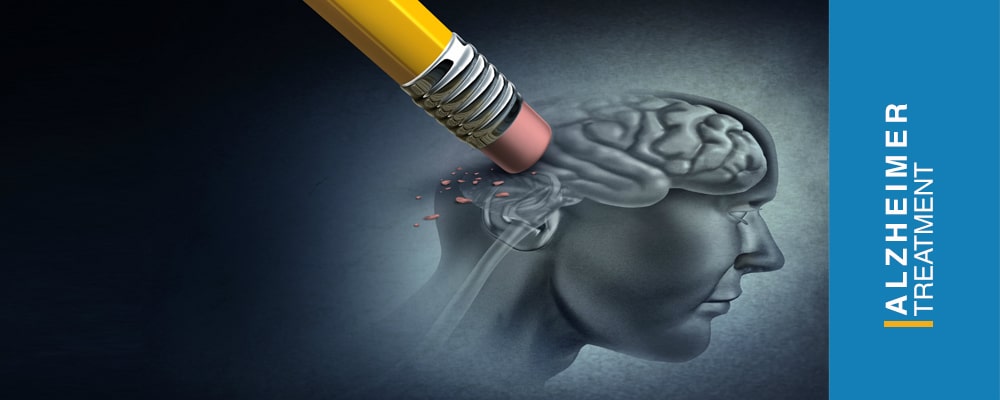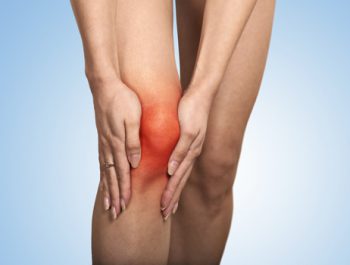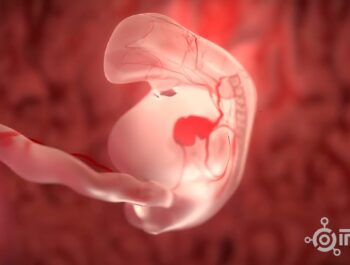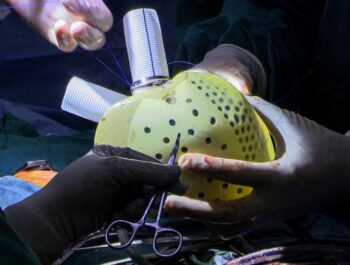
Alzheimer’s disease; Symptoms and treatment
6min ReadAlzheimer’s disease is a progressive condition caused by brain injuries or diseases that negatively affect memory, thinking, and behavior. These changes interfere with daily living.Alzheimer’s largest risk factor is aging. However, it is not a normal part of aging. While the majority of people who have Alzheimer’s disease are over the age of 65, it can happen in someone younger. Early-onset Alzheimer’s is when the disease becomes noticeable in someone in their 40s or 50s. About 5 percent of people with this disease are in this age group.
There is no cure at this time. However, there are treatments that can slow the progression and improve the quality of life for those with the disease.
Alzheimer’s disease symptoms
Memory problems are usually the first symptoms of Alzheimer’s. Remembering things that have been recently learned is especially difficult.Some other symptoms are:
- confusion about places or times (may be mild at first)
- unable to find words with speaking
- misplacing objects you use regularly
- changes to personality
- new irritability
- making bad decisions
- difficulty organizing thoughts
- repeating things over and over
- forgetting things and not remembering them later
- difficulty with numerical calculations
- difficulty responding to everyday problems
- mood swings
- paranoia and distrust of others (including immediate family or close friends)
This disease does not affect everyone in the same way, so individuals may experience symptoms at different times. If you or a loved one has any of these symptoms and they are causing problems with everyday life, you should talk to your doctor.
Causes
- Most people who develop Alzheimer’s disease are 65 years of age or older.
- Family history. If you have an immediate family member who has developed the condition, you’re more likely to get it.
- Certain genes have been linked to Alzheimer’s disease.
Risk factors
The most common risk factor is aging, as it tends to occur in people over the age of 60. Some other common risk factors are:
- family history (genetics)
- individuals with Down syndrome
- being female (this could be due to the fact that they usually live longer than men)
- mild cognitive impairment, which causes an increased risk but not a certainty of developing the disease
- severe head trauma
There are also a number of heart health issues that scientists believe may be risk factors in the development of Alzheimer’s disease. Some of these include:
- heart disease
- high blood cholesterol
- stroke
- high blood pressure
- diabetes
- smoking
- poor diet
- obesity
Diagnosis
There is not currently a way to definitely diagnose Alzheimer’s. However, through tests and information provided to the doctor, they can make a judgement as to whether or not Alzheimer’s is causing symptoms. Some questions and tests the doctor may use in diagnosis are:
- question the patient and family members about changes in behavior, difficulty with daily tasks, medical history, and changes in personality
- test for memory, counting, problem solving, and/or language
- blood and urine tests to rule other conditions out
- brain scans to rule out other possible conditions, which may include CT scan, MRI, or positron emission tomography (PET scan)
- neuropsychological testing
Alzheimer’s stages
Alzheimer’s is a progressive disease, which means the symptoms will gradually worsen over time. Alzheimer’s is broken down into seven stages:
- Stage 1. There are no symptoms at this stage but there might be an early diagnosis based on family history.
- Stage 2. The earliest symptoms appear, such as forgetfulness.
- Stage 3. Mild physical and mental impairments appear, such as reduced memory and concentration. These may only be noticeable by someone very close to the person.
- Stage 4. Alzheimer’s is often diagnosed at this stage, but it’s still considered mild. Memory loss and the inability to perform everyday tasks is evident.
- Stage 5. Moderate to severe symptoms require help from loved ones or caregivers.
- Stage 6. At this stage, a person with Alzheimer’s may need help with basic tasks, such as eating and putting on clothes.
- Stage 7. This is the most severe and final stage of Alzheimer’s. There may be a loss of speech and facial expressions.
As a person progresses through these stages, they’ll need increasing support from a caregiver.
Treatment
Alzheimer’s disease is complex and there isn’t one form of treatment that will treat it. Doctors treat the symptoms of the disease as well as work to slow its progression.
Medication
Lifestyle Changes
There are a number of things you can adopt in your lifestyle or the lifestyle of someone you love that will help manage some of the symptoms of Alzheimer’s disease. Making the home and surroundings safe and supportive is one of the main changes that can be made. A few of the things that you can do to achieve this are:
- Always keep keys, wallet, etc., in the same place.
- Remove unnecessary mirrors (images in mirrors can confuse or scare those with Alzheimer’s).
- Make sure shoes have good traction to avoid slipping and falling.
- Keep photos and other meaningful things in view.
- Keep a mobile phone in your pocket with GPS to help if you ever get lost.
- Keep medication simple and in a daily container to avoid confusion.
- Keep a routine as much as possible.
- Exercise regularly
- Healthy nutrition
- Drink a lot of water to avoid constipation and dehydration
Prevention
Research has not yet found a way to prevent Alzheimer’s disease. However, there are some things that research suggests may help. You can do the following to help slow the progression or possibly prevent the disease:
- Keep your mind active with word games, puzzles, and memory games.
- Continue learning new things. This is another way to keep your mind active.
- Exercise regularly.
- Be socially active.
- Eat a plant-based diet.
- Consume more antioxidants.
- Stop smoking.
- Get adequate sleep.
- Treat high b lood pressure.
Caring for someone with Alzheimer’s
Caring for someone with Alzheimer’s disease can be a challenge physically, emotionally, and financially. It often involves a major shift in relationships, when a child begins caring for a mother or a spouse begins caring for their spouse. It can be very challenging to care for someone who can be irritable, paranoid, or not even believe they need care at times. Many caregivers deal with guilt, frustration, and grief over the loss of the relationship. It can also cause social isolation. It is important that you find support. This can be through other family members, friends, or support groups.
There are also classes that can teach you how to cope with the difficult behaviors you will encounter as you care for your loved one.
Caregiver burnout is common in people who care for someone with Alzheimer’s. It can occur when supporting the person with Alzheimer’s overshadows addressing your own needs, either physically, emotionally, or both. Don’t be afraid to ask for help.
Be sure to check in your community for respite care or adult day care facilities that can give you some much needed time off from caregiving. Many of these facilities will also help your loved one to continue social interaction and aid in slowing the progression of the disease.
To help you cope with caregiving responsibilities and to manage your stress, it is important that you remember to take care of yourself. Some ways to do this are:
- Maintain a regular exercise routine.
- Join a support group.
- Take care of your emotional and spiritual needs.
- Take care of your physical health.
- Ask for help.













Reviews
Number of pending reviews155